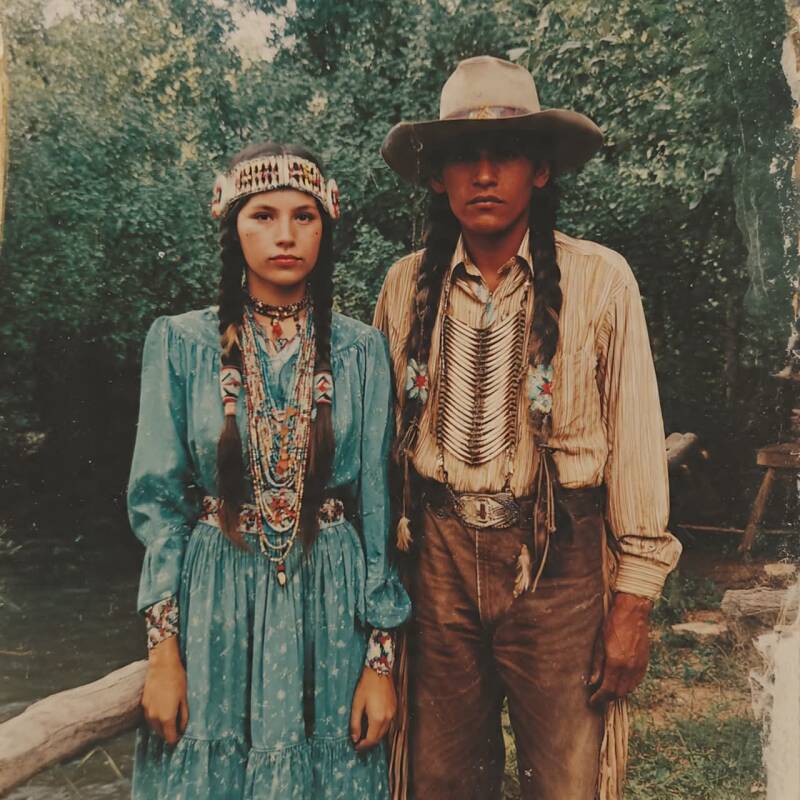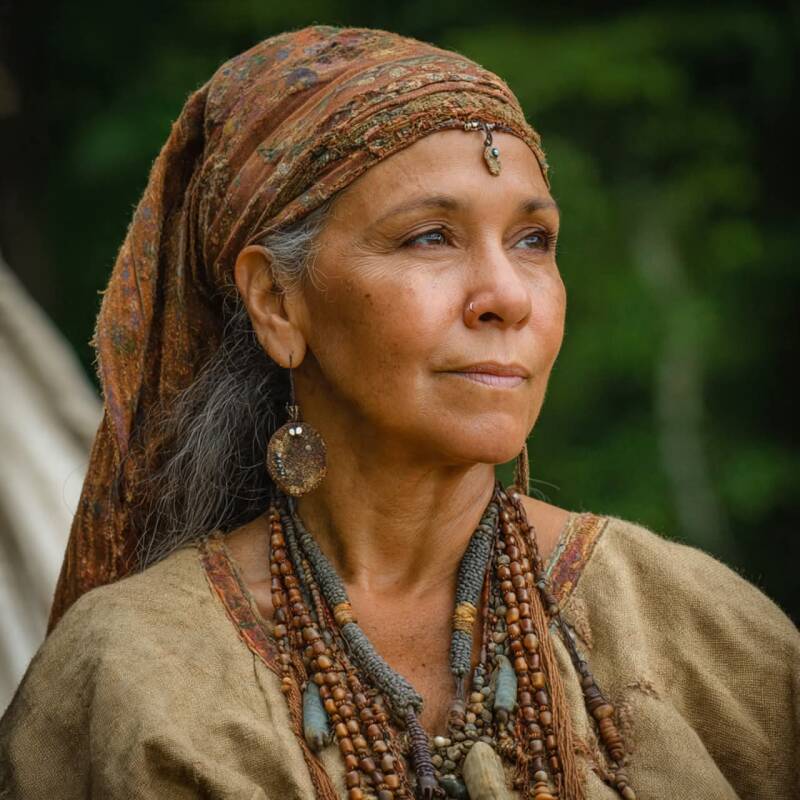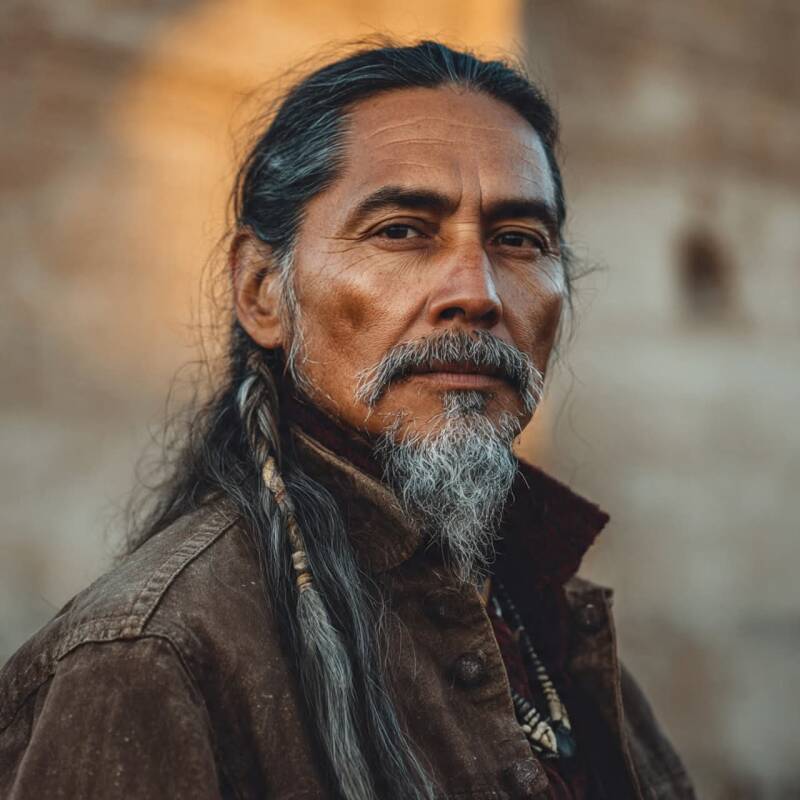
The name Cherokee is familiar to most people, tucked into school textbooks or whispered through stories about the American Southeast. But the people themselves have always had a name far deeper, older, and more meaningful than the one history books tend to use.
They call themselves Aniyvwiyaꭴ (pronounced Ah-nee-yuh-wee-yah).
It translates simply and powerfully to: “The Real People.”
It’s a name that speaks not just to identity, but to an entire worldview rooted in belonging, responsibility, and connection. And like every nation who survived colonization, removal, and attempted cultural erasure, their story begins long before any outsider ever wrote down the word “Cherokee.”

A Homeland That Shaped a People
Long before the United States existed, the Aniyvwiyaꭴ lived in a vast homeland stretching across what is now:
- Tennessee
- North Carolina
- Georgia
- South Carolina
Their towns were connected through rivers and trade routes, their governance was structured but community-driven, and their culture was deeply tied to harmony and balance — values known collectively as ᎤᏙᏢᏒ (Udo tlv-tsa), the way of living in right relationship.
This wasn’t a small society. The Aniyvwiyaꭴ were one of the most populous nations in the Southeast, with organized councils, a sophisticated diplomacy system, and a vibrant social structure long before European contact.
The Seven Clans — The Heart of Cherokee Identity
The Aniyvwiyaꭴ are a matrilineal people, meaning clan identity comes through the mother. The seven clans are:
- Wolf (ᏪᏌ) — The protectors
- Deer (ᎩᎦ) — The swift and graceful
- Bird (ᏦᏚ) — The messengers
- Long Hair (ᎩᎶᏁᏛ) — The diplomats
- Blue (ᏌᎩ) — The keepers of medicine
- Paint (ᏓᎶᏂ) — The healers
- Wild Potato (ᏩᎩ) — The traditionalists, caretakers of the land
Every clan carried a role, and every person had a place. This sense of belonging — to family, to land, to community — is what kept the Aniyvwiyaꭴ strong through centuries of upheaval.

The Trail That Still Echoes Today
No conversation about the Aniyvwiyaꭴ is complete without acknowledging the wound that still lives in their collective memory: The Trail of Tears.
In the 1830s, after years of pressure, broken treaties, and forced relocation policies, more than 16,000 Cherokee were rounded up and forcibly marched from their homeland to Indian Territory — present-day Oklahoma.
Between 4,000–6,000 died along the way.
Yet the people survived. Their language survived. Their culture survived. And their identity — Aniyvwiyaꭴ — survived.
Today, the Cherokee Nation stands as the largest federally recognized tribe in the United States, with a thriving government, schools, artists, writers, and traditions actively being preserved and revitalized.
Resilience is not a strong enough word for what they’ve endured.
Sequoyah — The Man Who Gave His People a Written Voice
Every nation has remarkable leaders, but the Aniyvwiyaꭴ have someone whose legacy changed history not just for his people, but for the world.
His name was Sequoyah (ᏍᏏᏉᏯ).
A silversmith, soldier, and thinker, Sequoyah did what almost no one else in human history ever accomplished:
He created an entire written syllabary from scratch — a writing system for the Cherokee language.
No prior education.
No example from English or European languages.
Just a belief that his people deserved literacy.
By the 1820s, the Cherokee Nation had:
- A high literacy rate (higher than neighboring European-American settlers)
- A bilingual newspaper, the Cherokee Phoenix
- Written laws and government documents
- Schools using the syllabary
Sequoyah’s syllabary remains one of the most extraordinary intellectual achievements of any civilization.

Cherokee Today — Nations Still Thriving
There are three federally recognized Cherokee nations today:
- Cherokee Nation (Oklahoma)
- Eastern Band of Cherokee Indians (North Carolina)
- United Keetoowah Band of Cherokee Indians (Oklahoma)
Together, they continue to protect their language, sovereignty, and culture — through immersion schools, environmental programs, powwows, stickball traditions, and the wisdom passed down from clan mothers and elders.
Their story is not frozen in the past.
The Aniyvwiyaꭴ are vibrant, modern, and deeply rooted in who they’ve always been — The Real People.
Why Saying Their True Name Matters
Using Aniyvwiyaꭴ honors:
- Their identity
- Their language
- Their resilience
- Their self-definition
- Their story as they themselves tell it
Names hold power.
And saying a people’s true name is one of the simplest ways to show respect.

As I continue this series, I want to acknowledge something from my heart: I know these posts haven’t always come out as quickly as I intend. Life has been heavy, and I’ve been moving slower than I’d like — but my respect for these nations has never wavered.
Their stories deserve care, accuracy, and time, and I refuse to rush through histories that were already stolen, twisted, or buried by others.
Thank you for your patience as I honor each nation properly, in their true names and on their terms. And to the Aniyvwiyaꭴ — and to all Indigenous nations — thank you for your endurance, your wisdom, and your continued presence on lands that were always yours.
Add comment
Comments